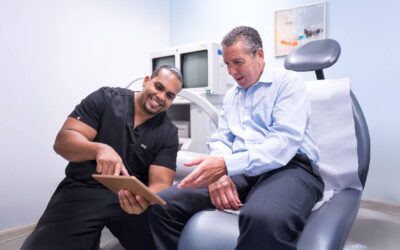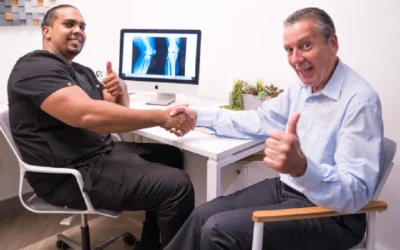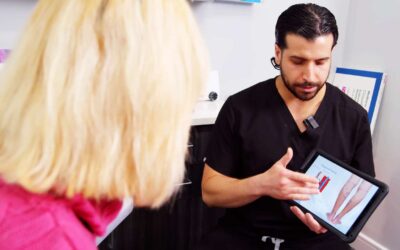What Can I Expect from Varicose Vein Treatment in Clifton?
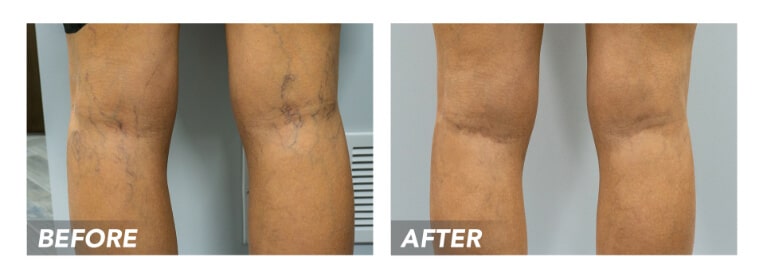
Step 1: Booking an Appointment
Vein Treatment Clinic is widely recognized as the best medical center for varicose vein treatment in Clifton. That might sound like an exaggeration or empty boast, but it’s backed by 5-star ratings and reviews from our patients. We maintain a perfect track record because of a uniquely comprehensive vein treatment plan that addresses the root cause of your vein problems, ensuring optimal results. You can find our vein clinic at 1117 US-46 Suite 205, just past the Ford dealership on route 46-E near the garden state parkway. Please request a free insurance verification after booking an appointment online — you can also call us at +1 973-447-1383.
Step 2: Initial Consultation
Your varicose vein treatment in Clifton starts with an initial consultation. Our vein doctors examine your leg veins, review your medical history, and discuss your symptoms. They examine your leg veins, including the spider veins and varicose veins. They ask you to describe your symptoms, such as leg heaviness, restless leg syndrome, frequent leg cramps, leg pain, and leg swelling. These symptoms are often indicative of underlying venous insufficiency, especially if they intensify at the end of the day or after long periods of sitting or standing. The initial consultation reveals the likelihood of your vein problems being caused by underlying venous insufficiency.
Step 3: Vascular Imaging
Chronic venous insufficiency is a circulatory disorder wherein the collapse of your vein valves makes blood flow backward and accumulate in your leg veins. Vascular imaging tests, like Doppler Ultrasound, project a visual of the blood flow in your leg veins on a computer screen. As such, the vein doctor can conclusively diagnose venous insufficiency by examining the direction of blood flow. The vascular imaging test also reveals the diseased saphenous vein responsible for your vein problems. Vascular imaging test results also support your insurance claims, reducing your out-of-pocket financial burden.
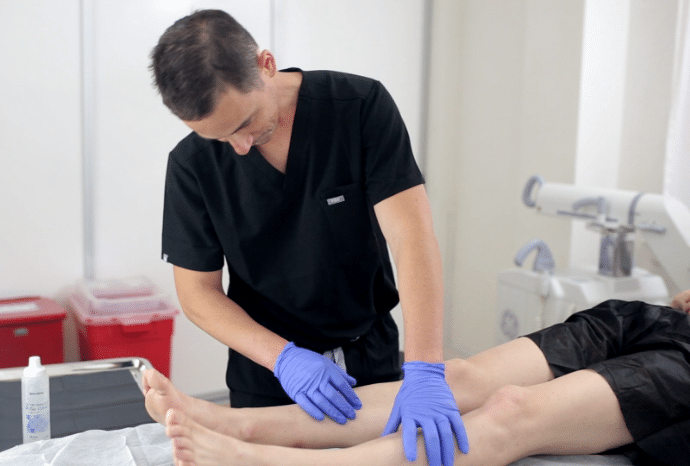
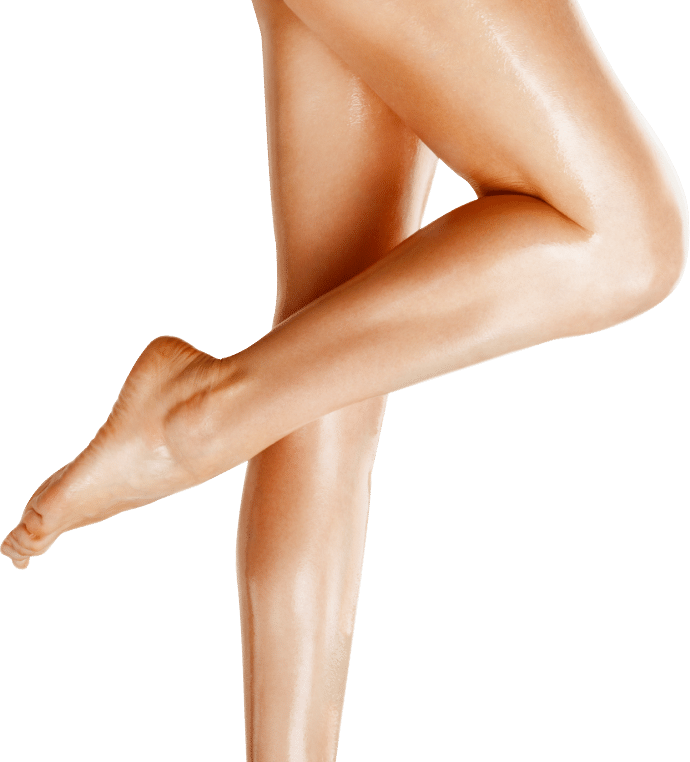
BOOK AN APPOINTMENT
Do you have any symptoms? Consult now with one of the Best Vein Specialist in New Jersey
Step 4: Treatment Planning
Our vein doctors believe in collaborative treatment planning. They recommend the ideal varicose vein treatment options based on your diagnosis, cosmetic goals, insurance coverage options, and medical history. They also provide a complete breakdown of the vein treatment costs with and without insurance coverage — you have all the information necessary to make an informed decision. Our vein doctors only recommend minimally invasive vein treatments because they’re safe, comfortable, effective, and convenient. We avoid vascular surgeries because they’re relatively ineffective, unsafe, and complicated — in short, they’re obsolete.
Step 5: Primary Treatment
The primary treatment addresses the root cause of your vein problems, i.e., chronic venous insufficiency. The best minimally invasive treatments for vein disease include radiofrequency ablation, endovenous laser ablation, and VenaSeal.
Radiofrequency Ablation
The vein doctor administers local anesthesia and makes a small incision on the skin’s surface to insert a catheter. The catheter is driven into the diseased saphenous vein under ultrasound guidance. Once activated, the catheter generated thermal energy to irritate the diseased vein’s walls. The diseased vein collapses, and the accumulated blood freely reroutes into healthier leg veins.
Endovenous Laser Ablation
The vein doctor administers local anesthesia and makes a small incision on the skin’s surface to insert a laser fiber. The laser fiber is driven into the diseased saphenous vein under ultrasound guidance. Once activated, the laser fiber generated laser energy to destroy the problematic vein. The accumulated blood reroutes to healthier leg veins, restoring effective blood circulation.
VenaSeal
The vein doctor injects a medical-grade adhesive into the diseased saphenous vein under ultrasound guidance. The medical glue fuses the diseased vein’s walls, allowing the accumulated blood to reroute into healthier leg veins. Over time, the diseased vein hardens into scar tissue and gets absorbed by the body. VenaSeal isn’t yet covered by all insurance plans because it’s a new procedure.
Step 6: Cosmetic Treatment
The cosmetic treatment addresses the superficial varicose veins and spider veins if you don’t have underlying venous insufficiency. These procedures are meant for patients without underlying vein disease or after the primary vein treatment. The best minimally invasive cosmetic vein treatments include ambulatory phlebectomy and sclerotherapy.
Ambulatory Phlebectomy
The vein doctor administers local anesthesia and makes small incisions on the skin’s surface. The bulging leg veins are manually extracted from the incisions, following which the incisions are sutured. The incision marks gradually turn into scars and fade away.
Sclerotherapy
The vein doctor injects a medicine called sclerosant into the spider veins. The sclerosant solution fuses the spider veins’ walls, turning them into hardened scar tissues. Over time, the scar tissues get absorbed by the body and fade away from the skin’s surface.
Step 7: Recovery & Aftercare
Minimally invasive vein treatments are in-office and outpatient procedures that conclude within 30 to 60 minutes with no downtime. The vein doctor will provide a detailed overview of your recovery guidelines and aftercare tips to ensure optimal recovery. However, you can resume your daily activities and work immediately. The recovery tips include wearing compression stockings, exercising regularly, and walking frequently.
Compression Stockings
Compression stockings apply pressure on your vein walls, pushing the accumulated blood towards the heart. As such, they facilitate optimal blood circulation after your vein treatments, minimizing the risk of recurrence. You should wear compression stockings for several weeks.
Cardiovascular Exercises
Cardiovascular exercises like running, swimming, and cycling increase blood circulation and activate your calf muscles. The increased blood circulation prevents blood from accumulating in your leg veins. And the activated calf muscles encourage blood flow towards the heart, preventing accumulation.
NJ Vein Doctors
Meet our team of New Jersey Vein Treatment Specialists
Vein Treatments are covered by most major medical insurances, including Medicare. Call us today to verify your insurance for FREE >
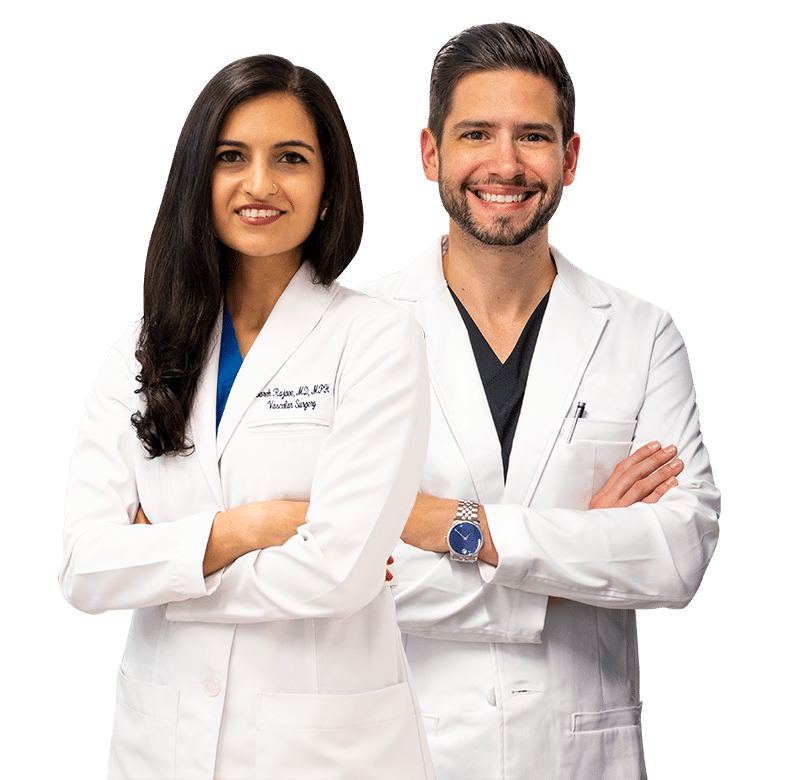
Meet our Team of Top Vein Specialists in New Jersey
Contact us
CALL US
Speak instantly with one of our team members; they will answer any questions you may have regarding insurance coverage, booking an appointment and our vein treatment locations. (973) 946-8082
BOOK APPOINTMENT
Visit our Book Appointment page and instantly request an appointment at the New Jersey vein center. We offer Free Insurance Verification before your appointment.
